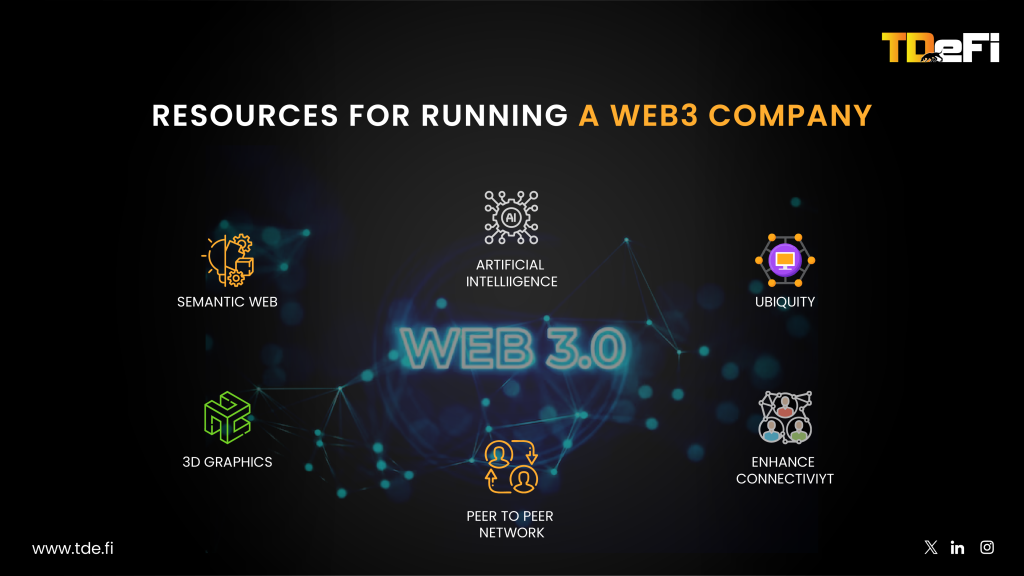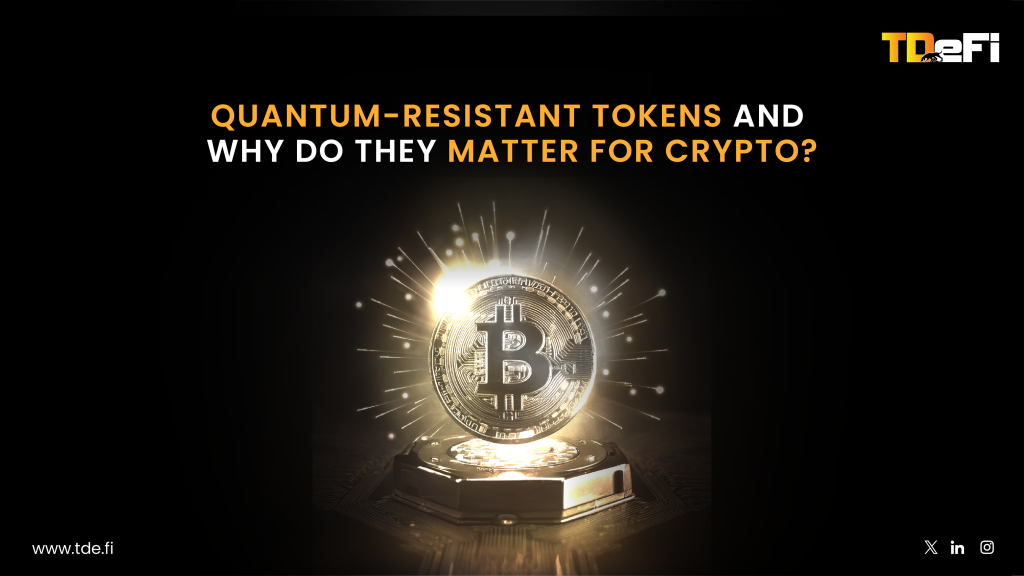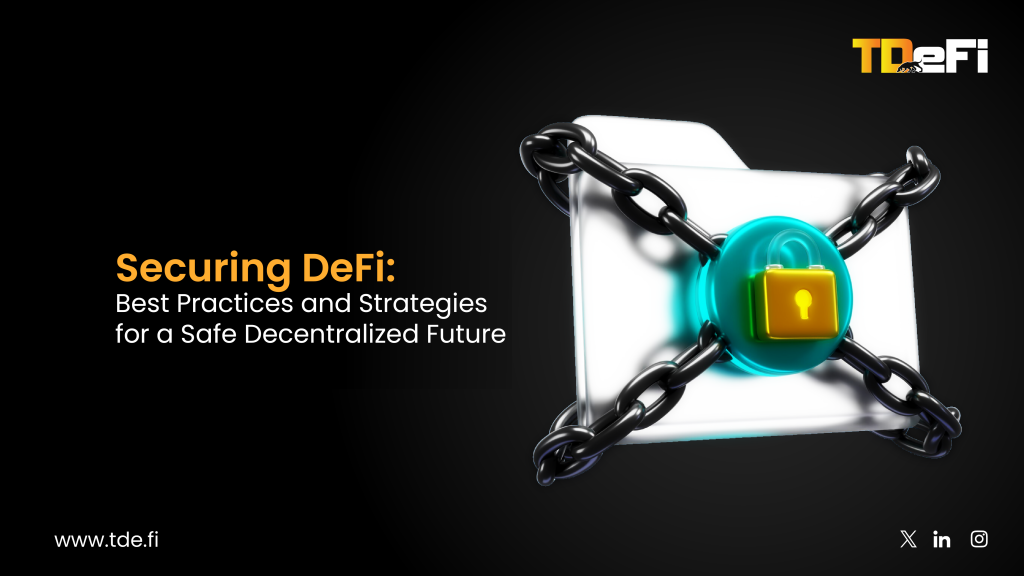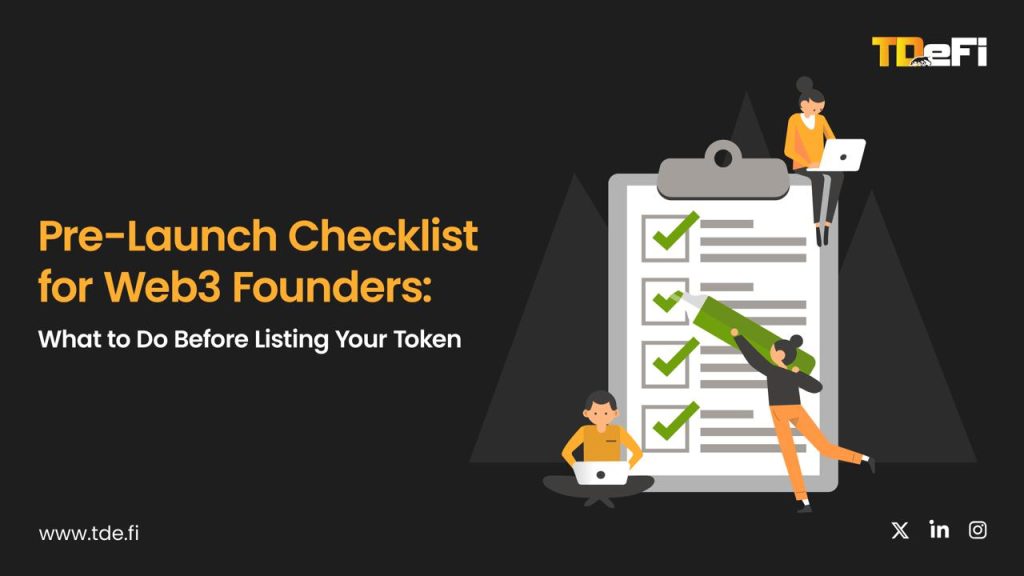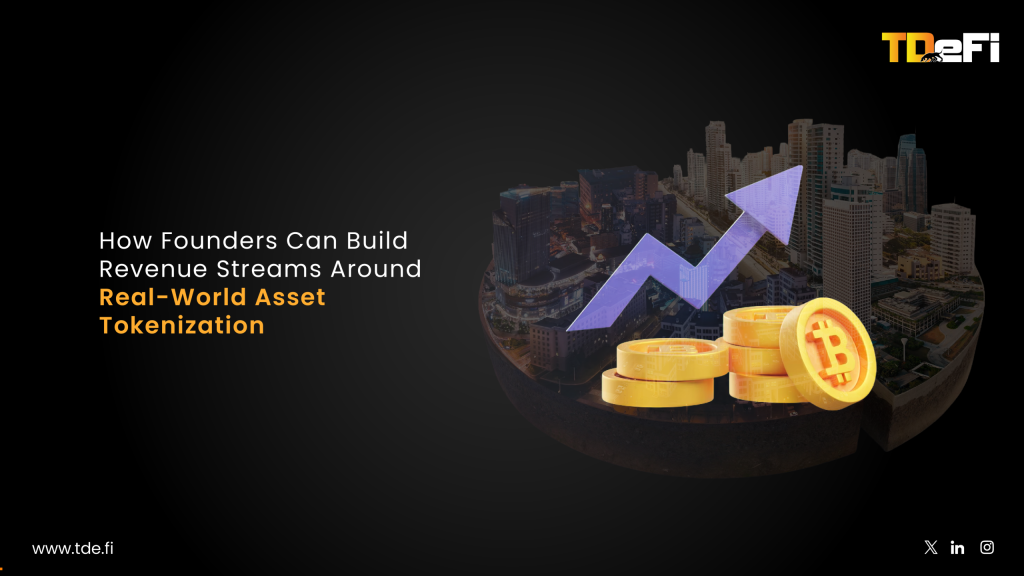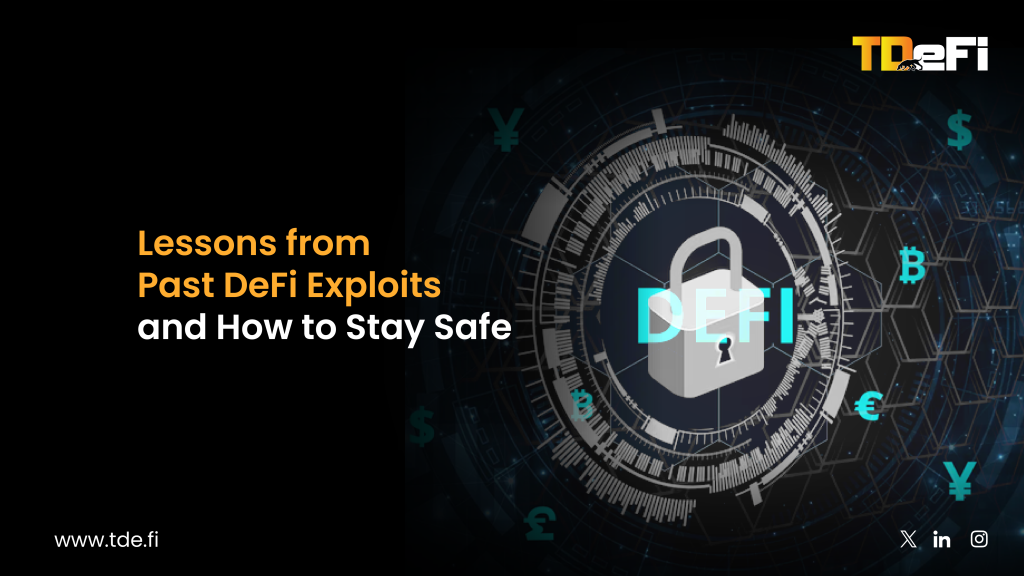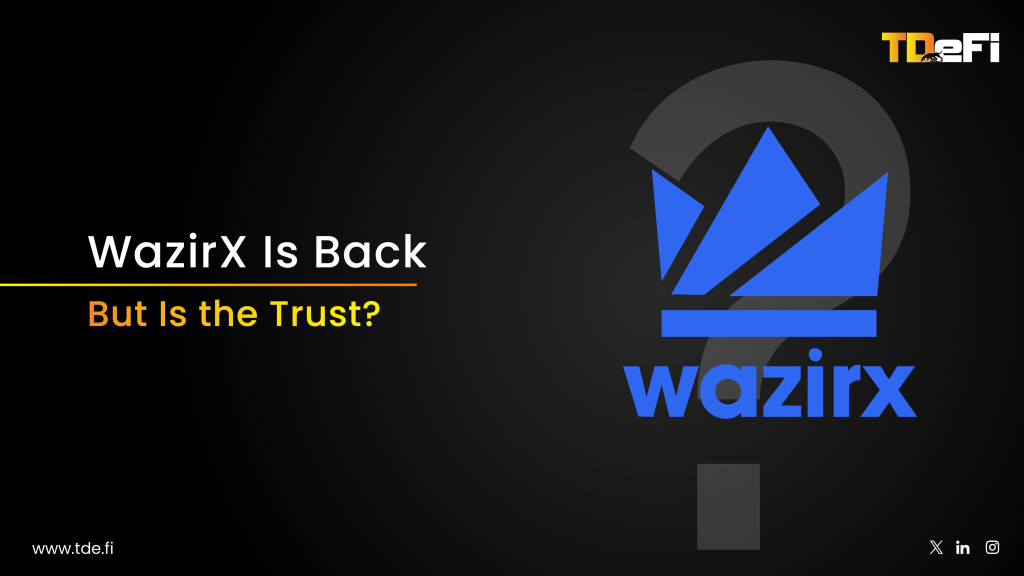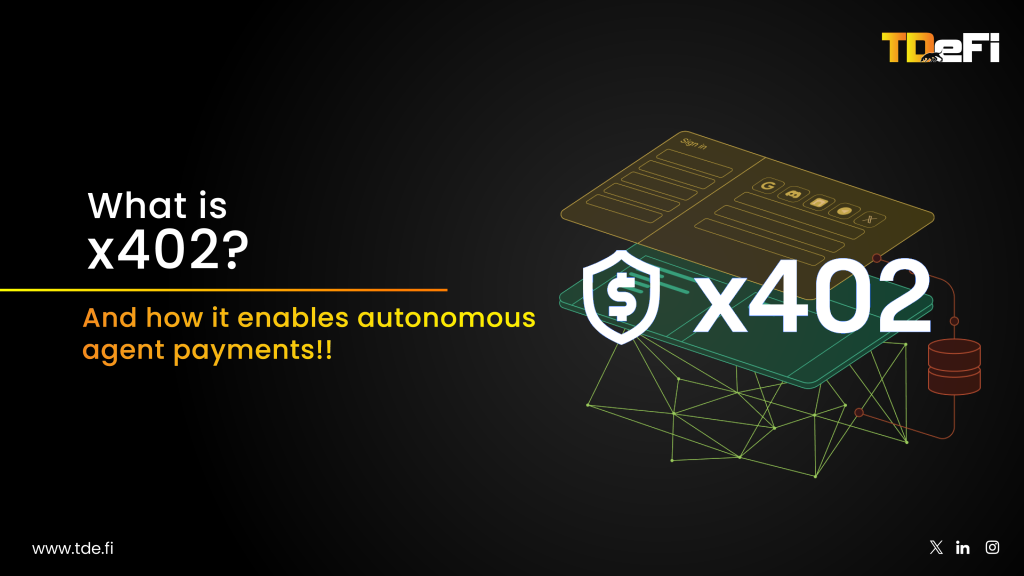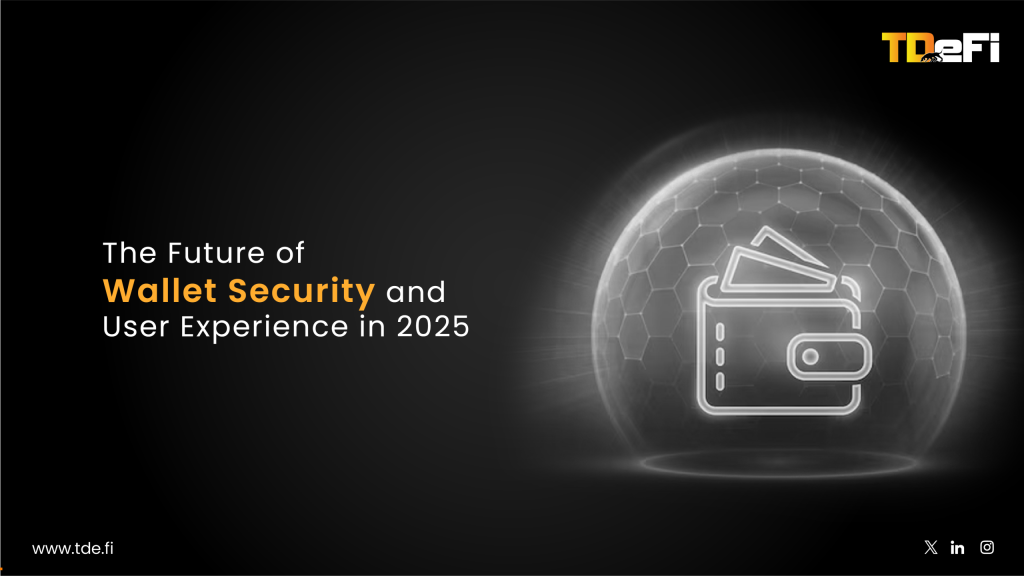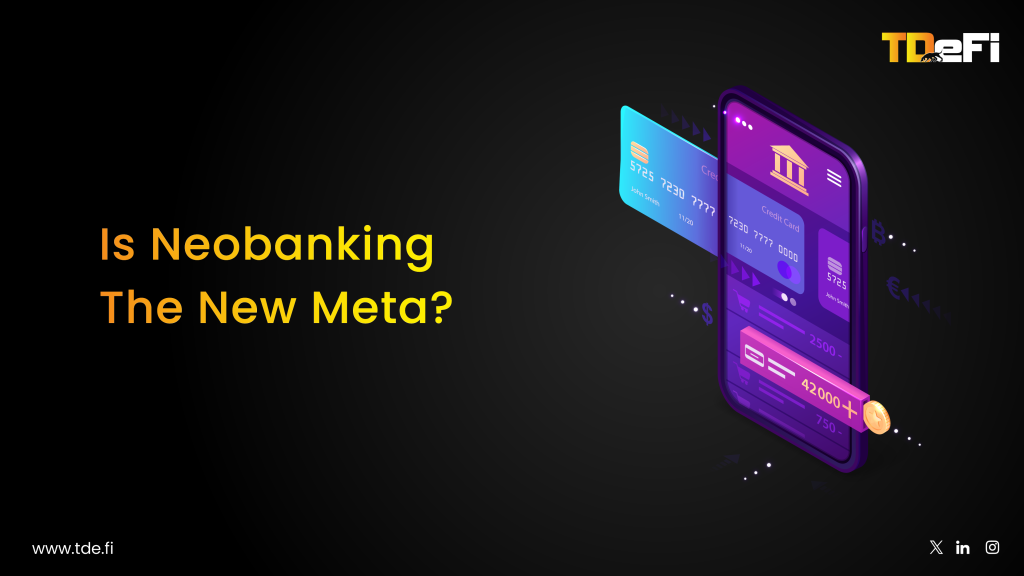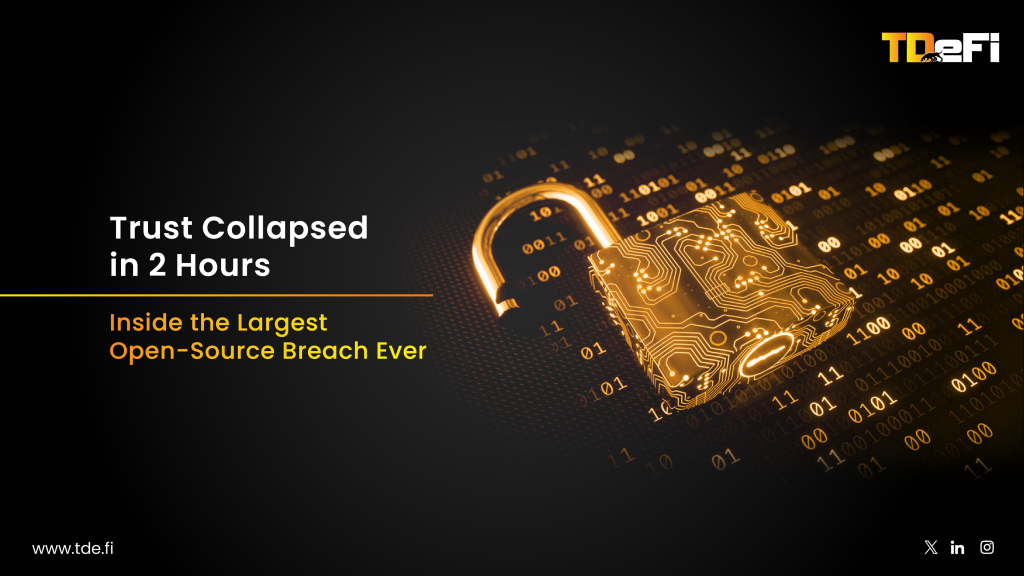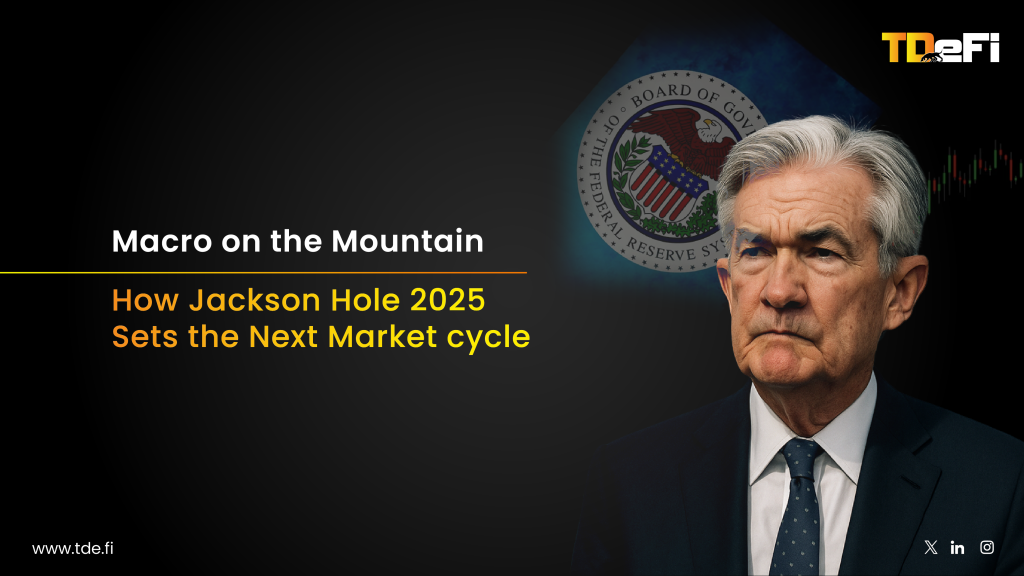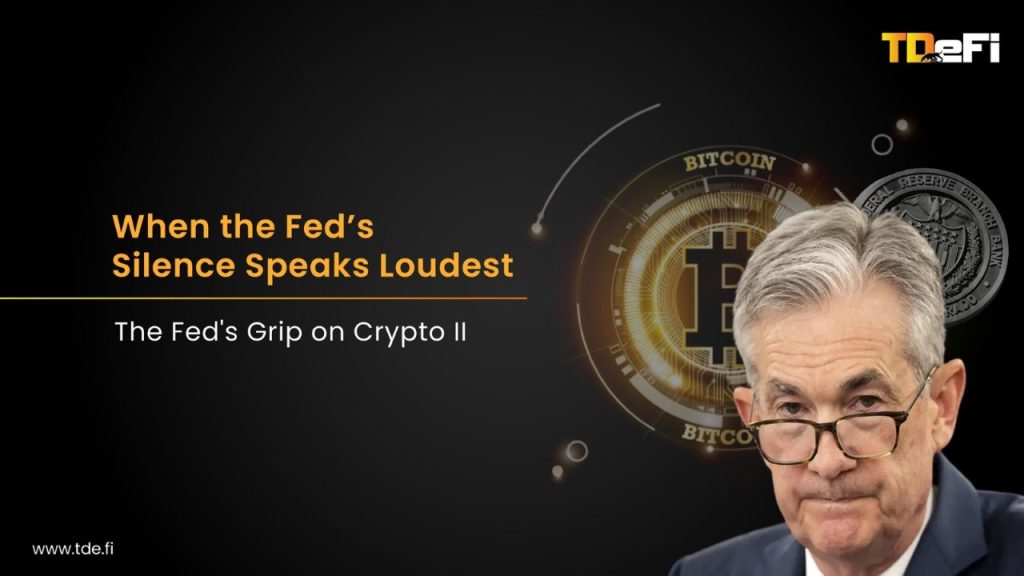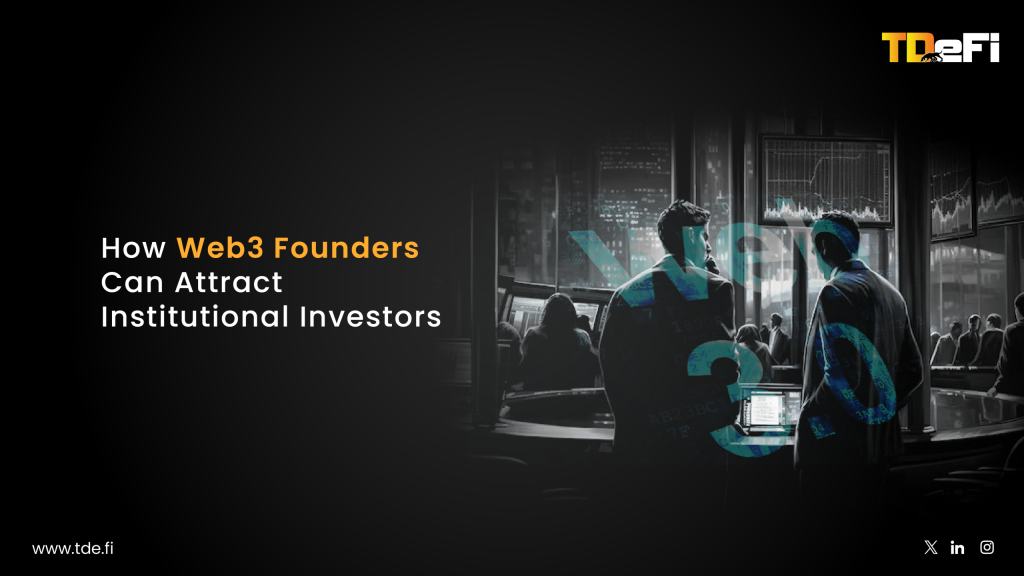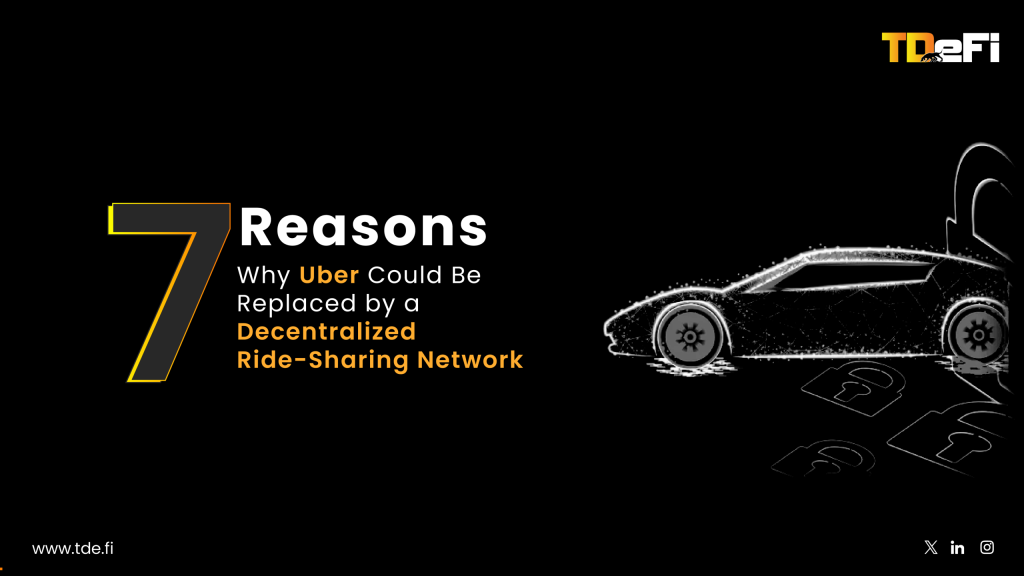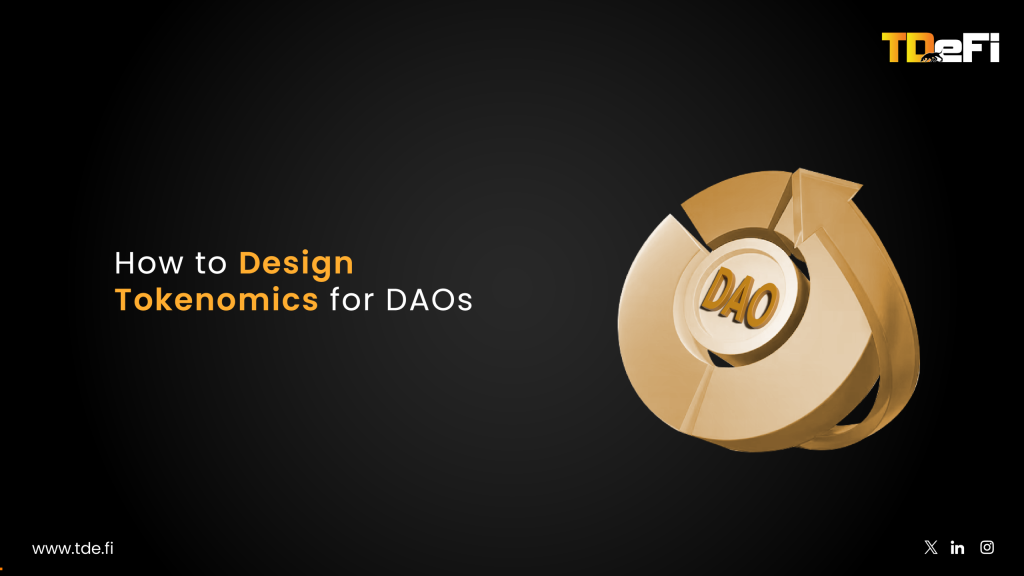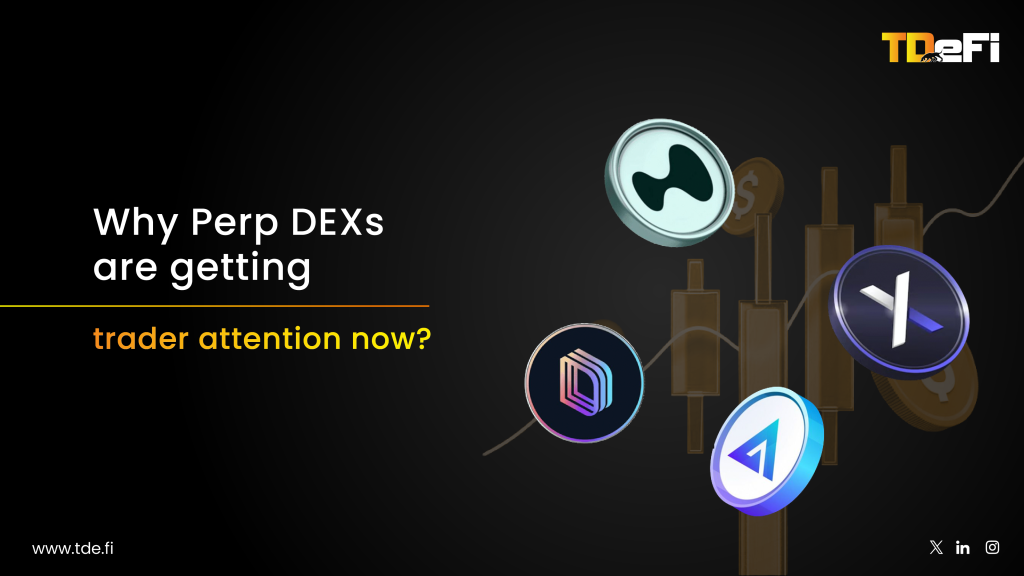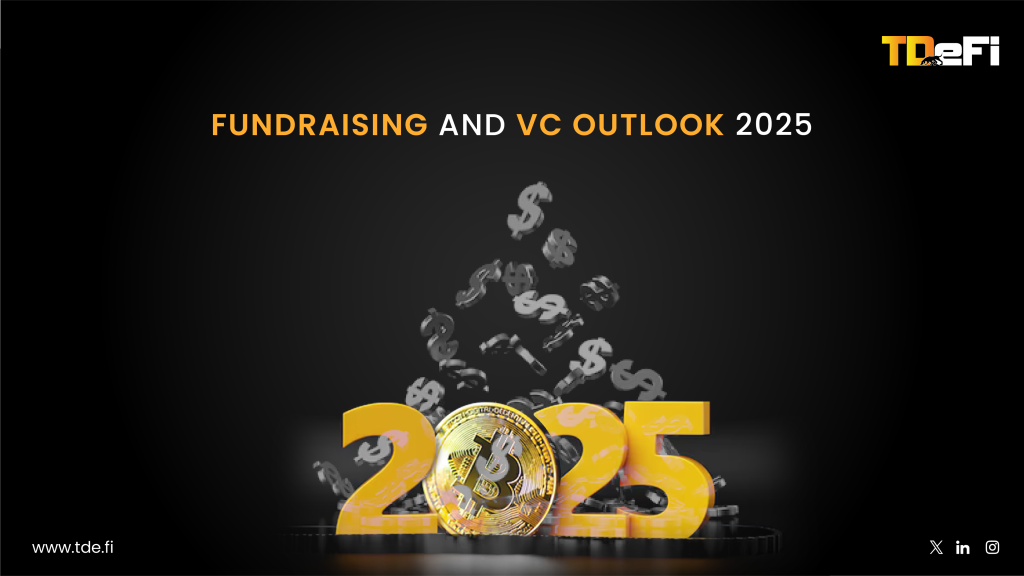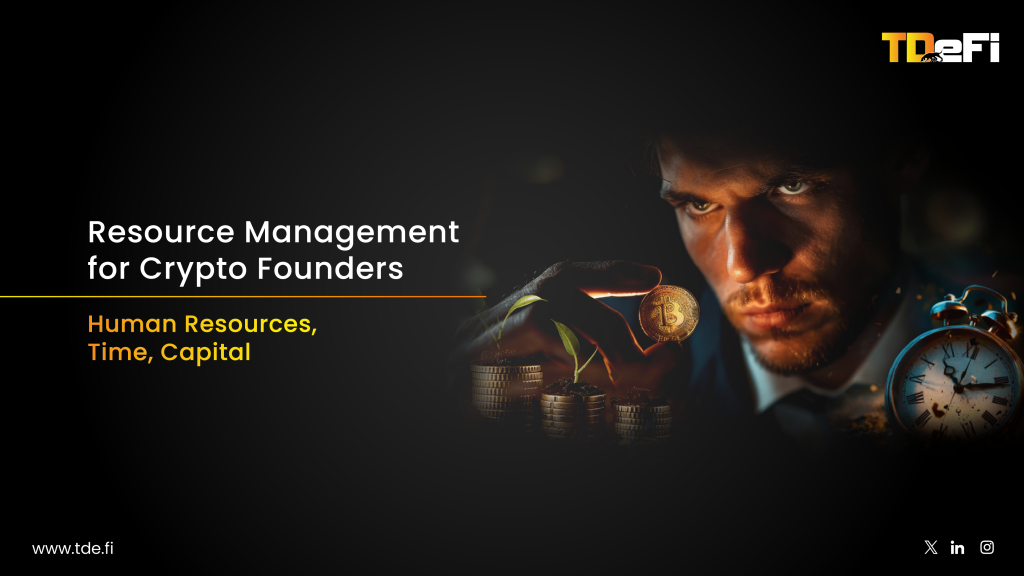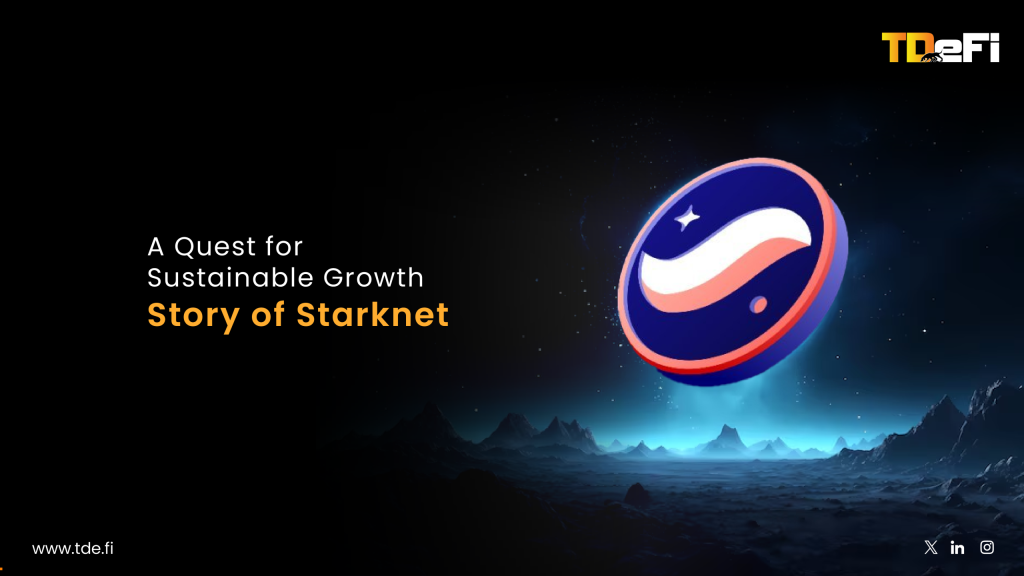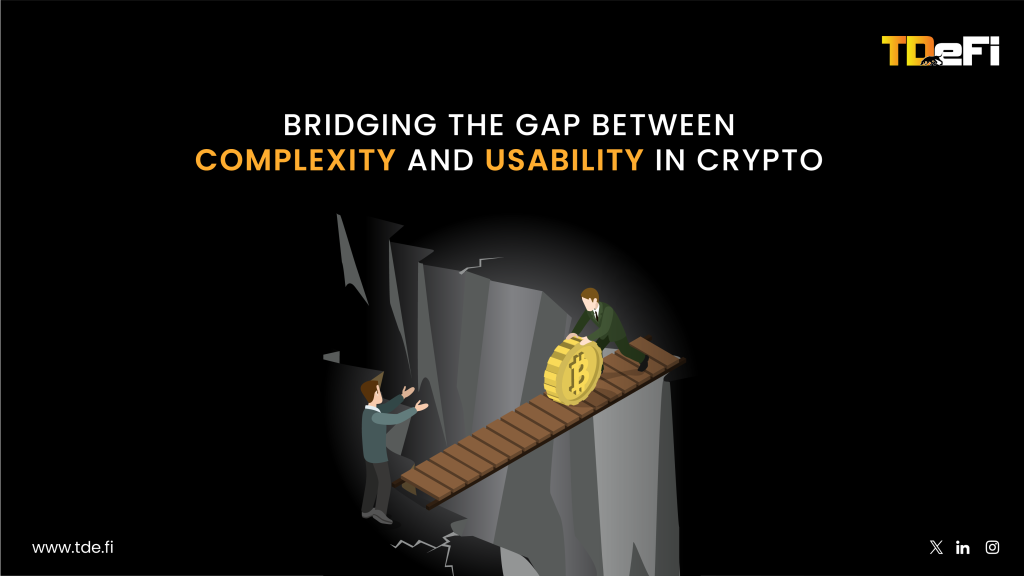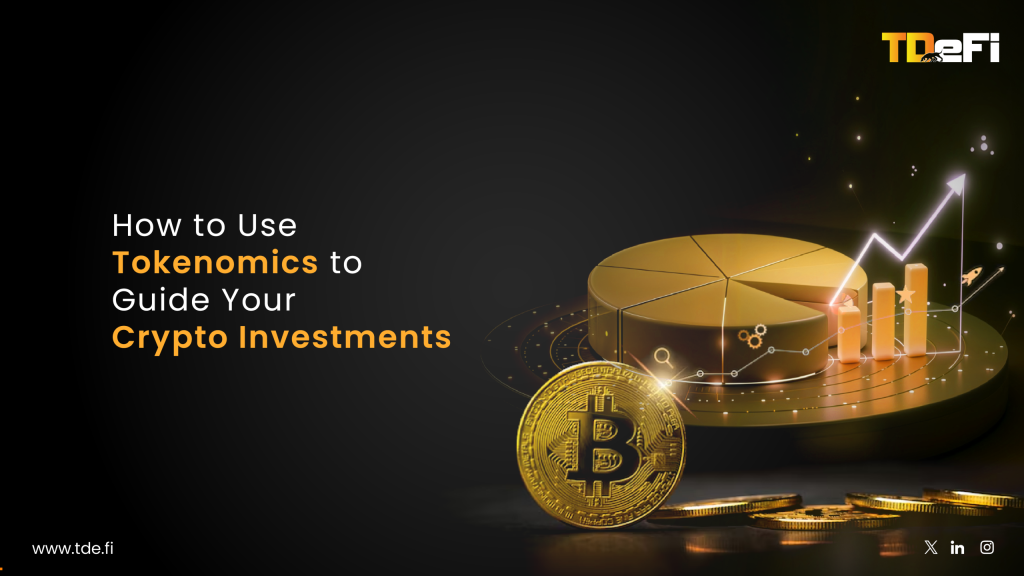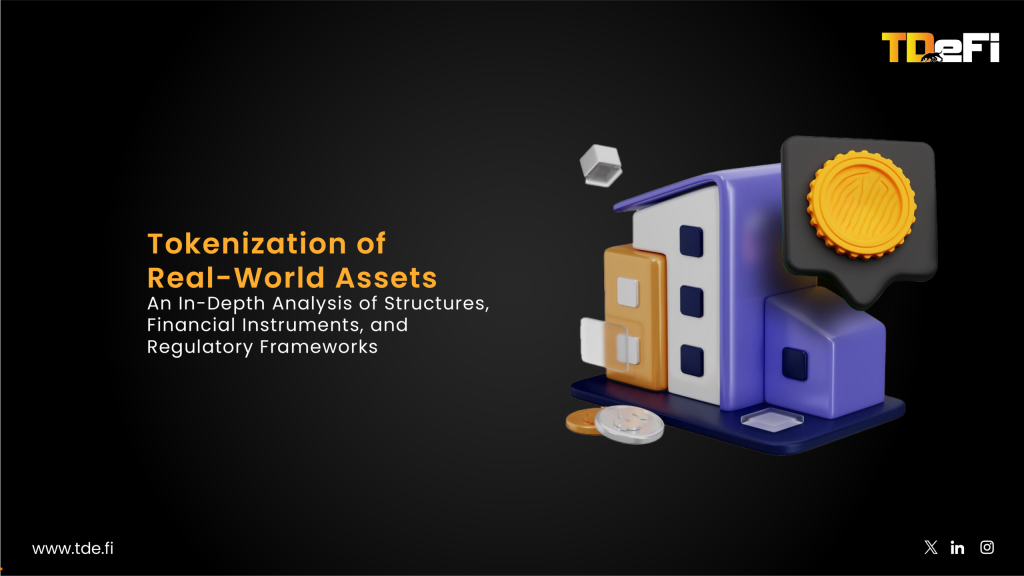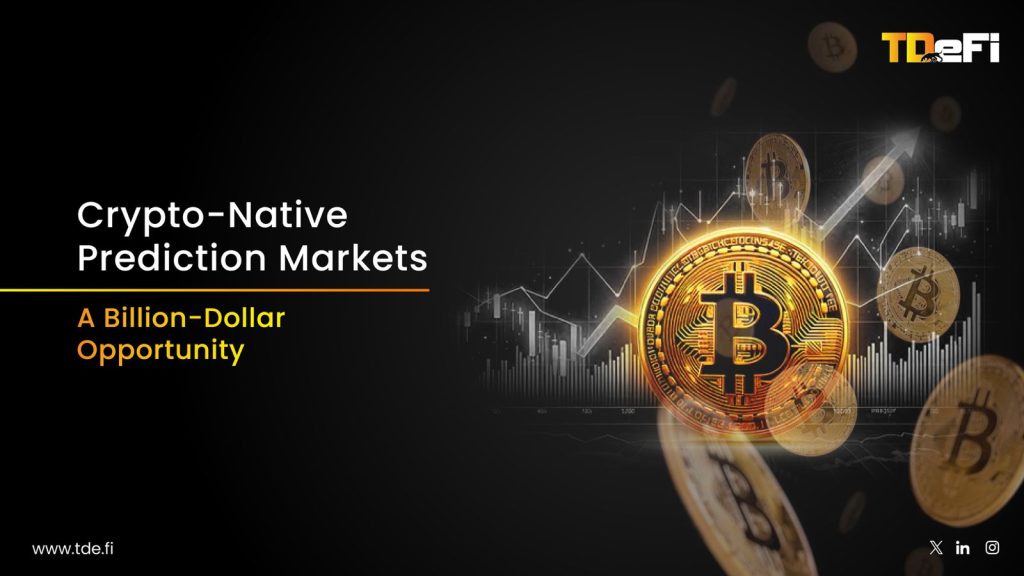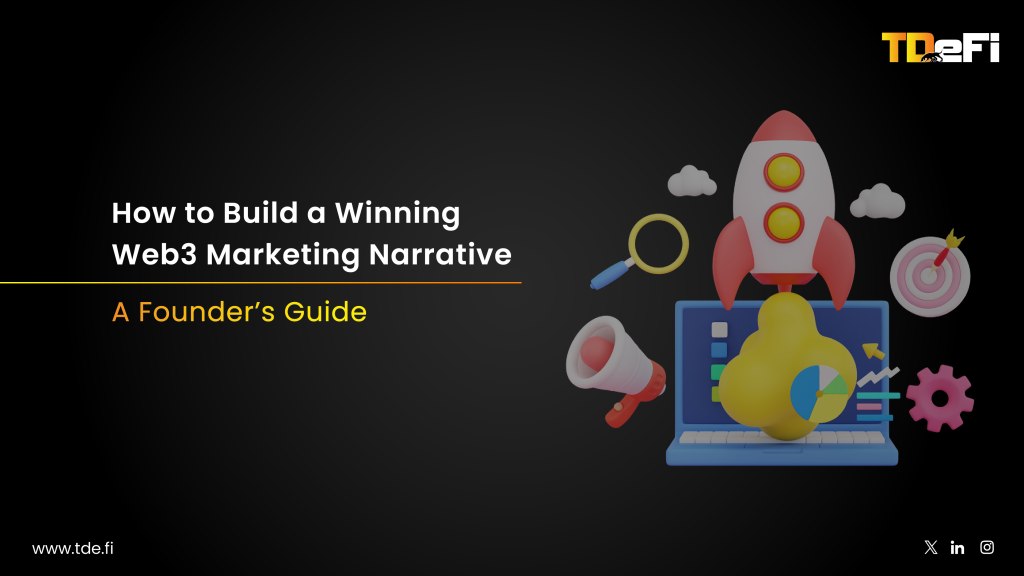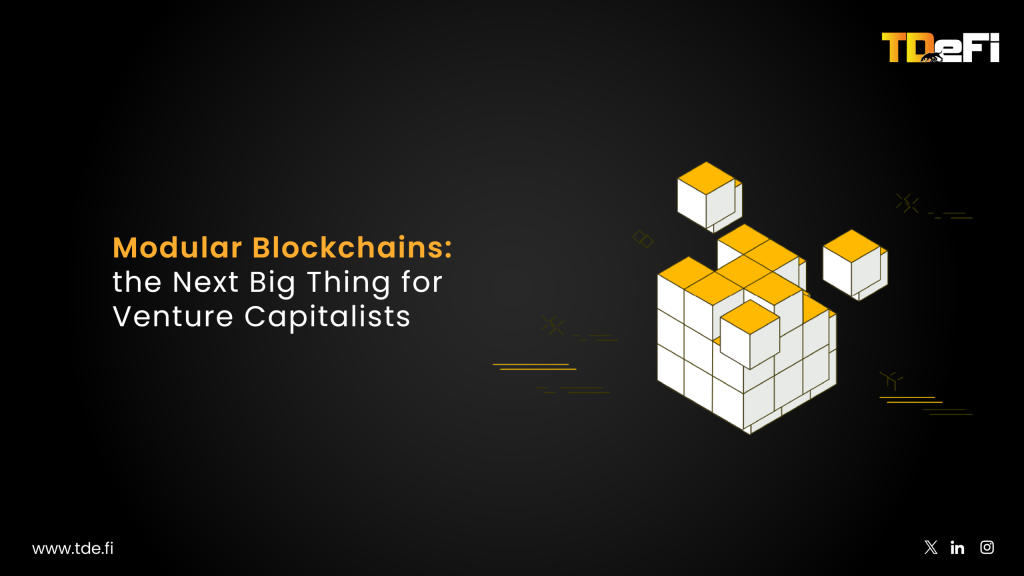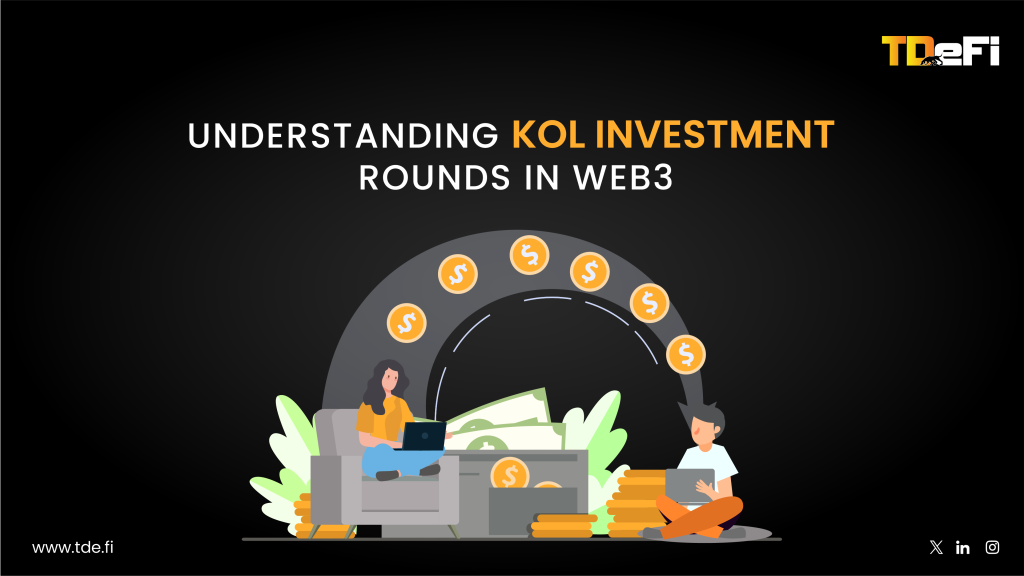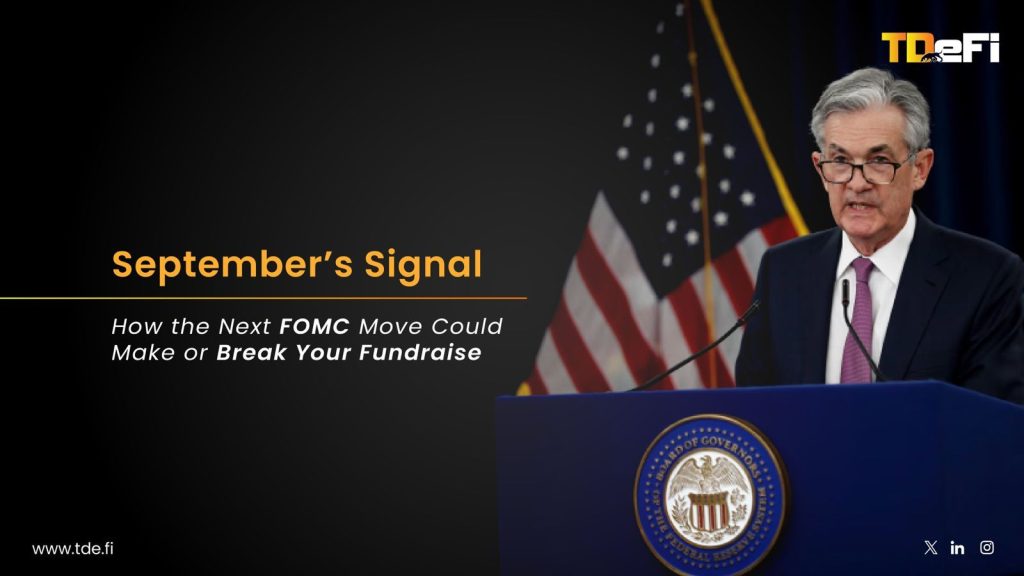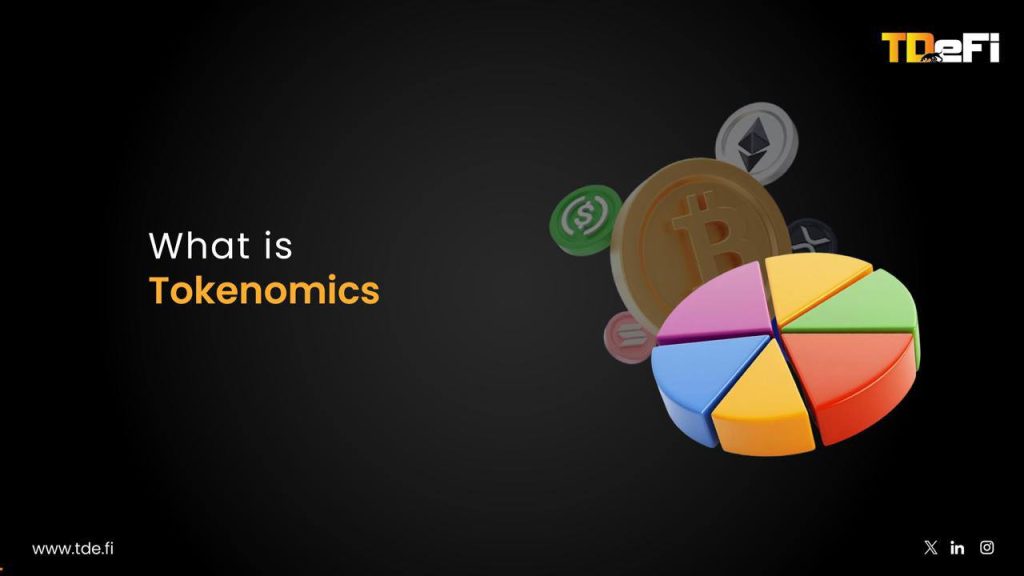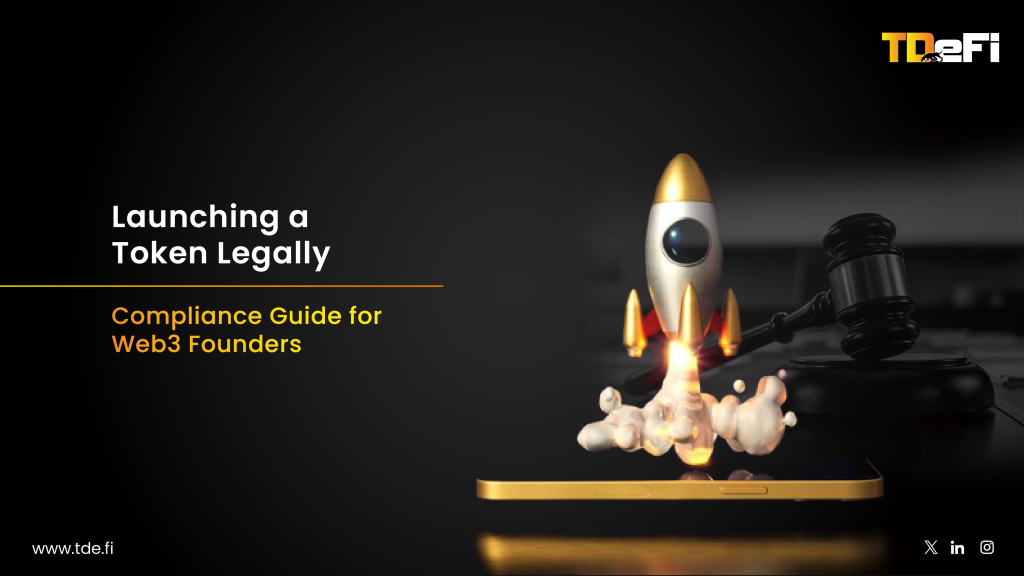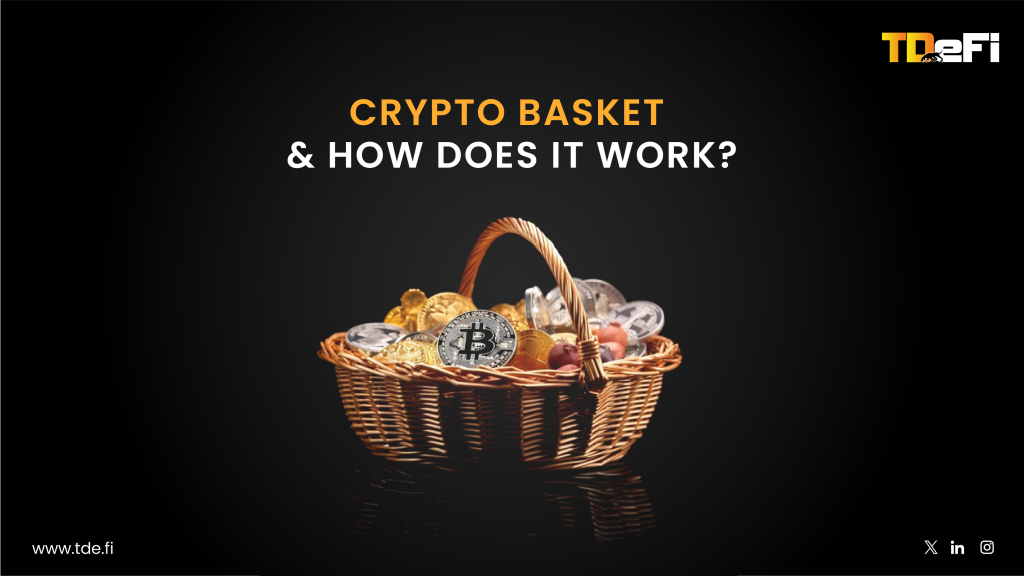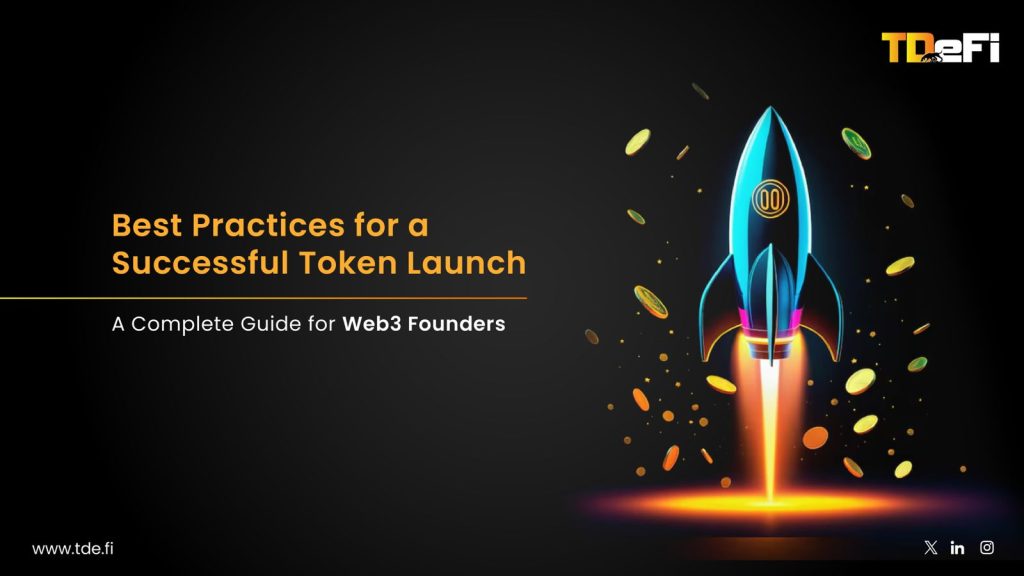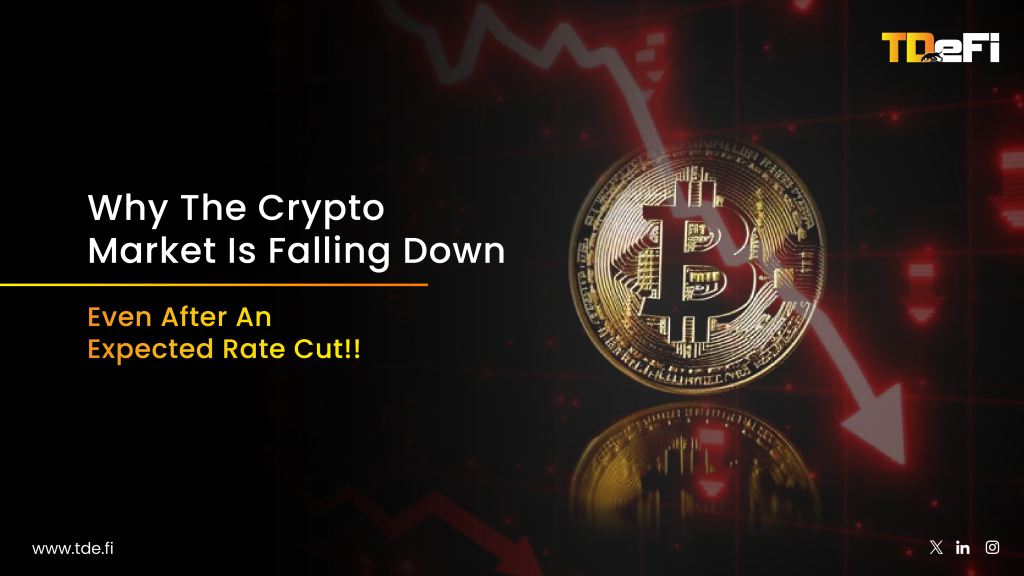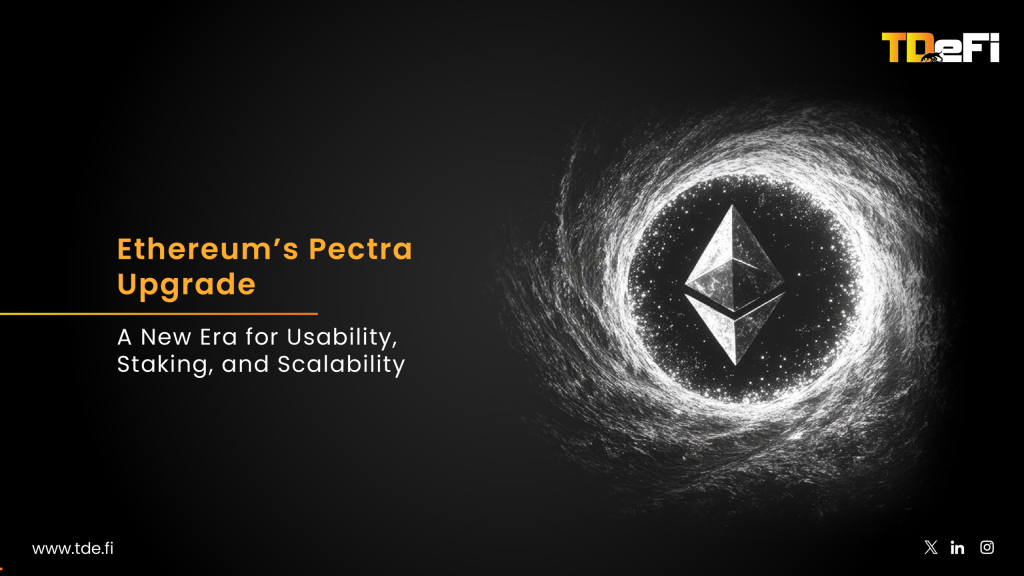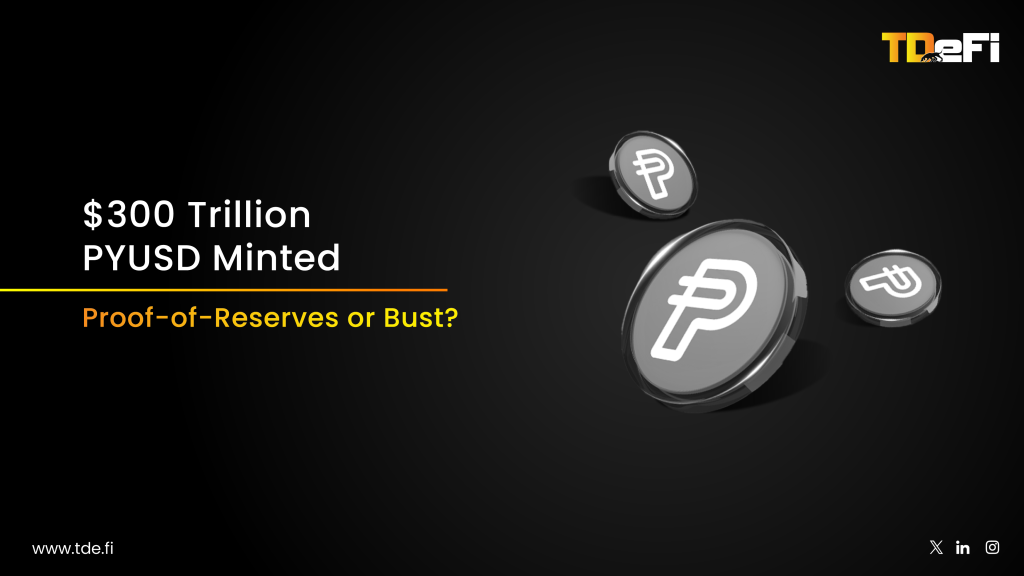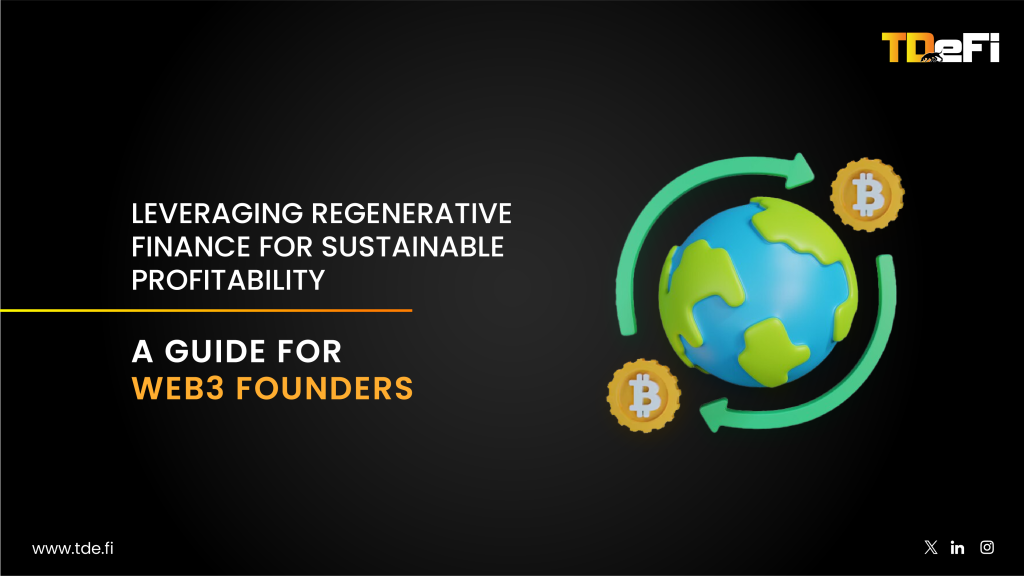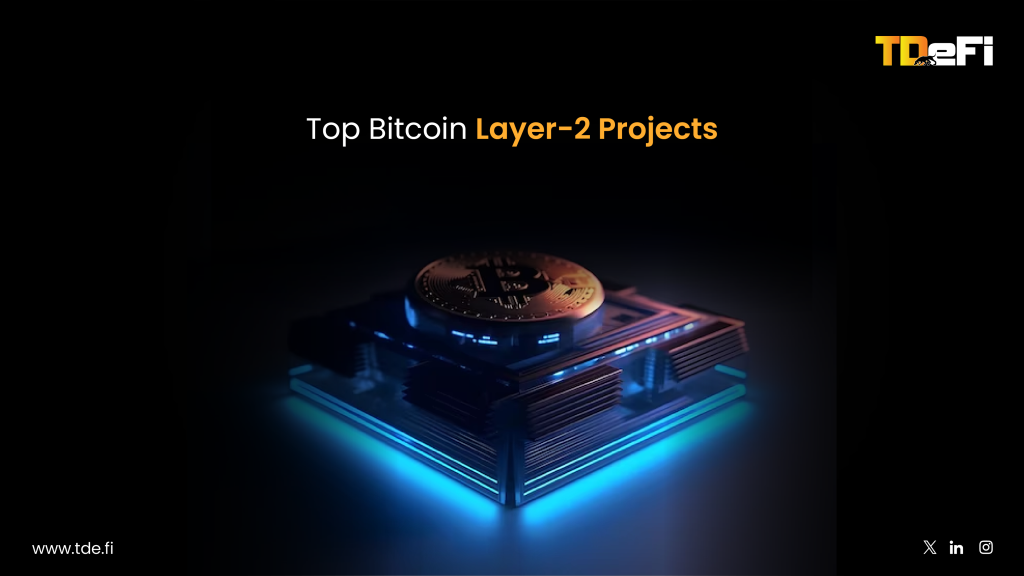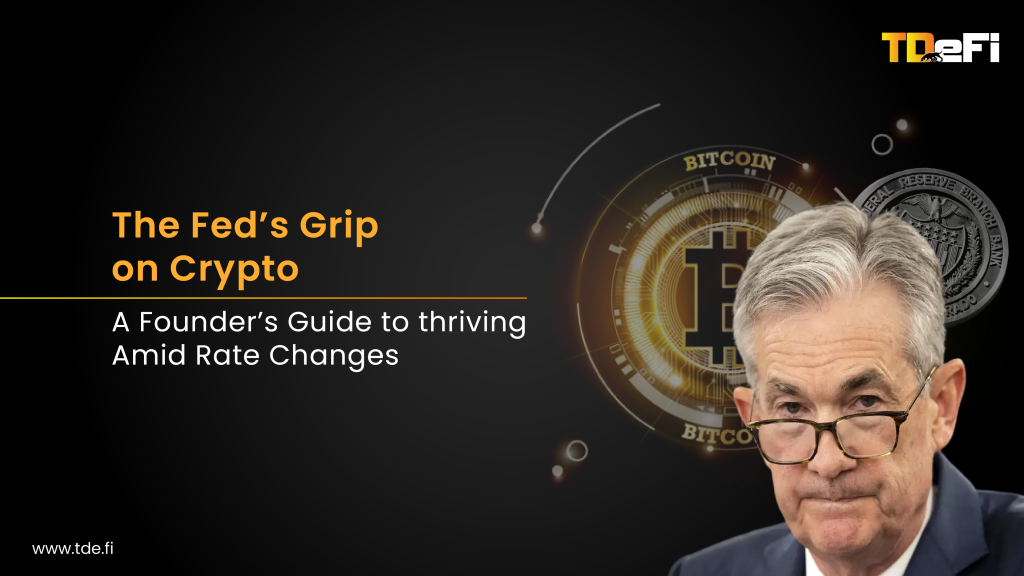You Have 30 Seconds to Be Believable, Not Just Bold
Before you open the deck, you’ve already been judged.
In Web3, where the promise of paradigm shifts collides with the reality of rug pulls, trust is currency. And founders must earn it fast. Investors are no longer seduced by token hype or Layer-1 theatrics. They’re hunting for signals in a sea of noise, and you have 30 seconds to show them you’re not another mirage.
Here’s what separates belief from bounce: you understand the macro, your market, and your moment. You’re not just solving a problem; you know why now is the time to solve it. Bonus points if you can explain how your raise timing aligns with both product cycles and macro liquidity conditions. This isn’t just storytelling, it’s narrative conviction.
The Deck Doesn’t Sell, Your Story Does
Pitch decks don’t raise capital. Founders do.
VCs are sifting through thousands of decks in a market still digesting the excesses of 2021. A killer idea won’t carry a weak delivery. What resonates is a founder who owns their story, who can walk into a room and make investors believe, “This person is going to will this protocol into existence.”
Structure your pitch like a startup thriller:
- Set the stakes: What systemic failure or asymmetry are you attacking?
- Introduce the hero: Why are you uniquely suited to solve this?
- Build the arc: What have you proven, and what’s the next milestone?
- Create urgency: Why is now the inflection point to go big?
Use the deck as a tool, not a crutch. And remember: clarity trumps complexity. If a non-crypto investor can’t understand your moat, your advantage isn’t defensible, it’s confusing.
Tokenomics Isn’t a Slide, It’s a Strategy
Most investors won’t fund your token. They’re funding your company. But how your token functions will determine how they think about upside, exit, and ecosystem.
Strong tokenomics signal long-term thinking. Weak ones scream exit liquidity. Your job is to show:
- The token has to exist for your product to work (not just for fundraising).
- Supply and unlocks are tied to utility and adoption, not arbitrary cliffs.
- There’s alignment between user incentives, team rewards, and investor return.
Don’t just list token supply and emissions schedules. Walk through scenarios. What happens to token velocity during growth vs. contraction? How will you avoid liquidity death spirals? What guardrails keep whales from dumping?
A well-structured token model isn’t just a financial artifact. It’s a thesis about how value will move through your ecosystem.
Traction Is a Narrative, Not Just a Number
“We have 10,000 users” means nothing without context.
Investors want to know how you got them, how you’ll keep them, and what it costs to get the next 10,000. In crypto, this means blending on-chain and off-chain proof points:
- Wallet activity, TVL, and staking behavior
- Discord growth and governance participation
- Community retention across campaigns or incentives
- Revenue from usage vs. speculation
The best founders translate these metrics into insight. For example: “We doubled TVL after shifting to protocol-owned liquidity” tells a story of experimentation and leverage. “80% of DAO votes come from the top 5% of users” reveals power dynamics.
Traction is a chance to prove you’re not just building fast. You’re learning fast.
Timing the Raise: Macro, Market, and Momentum
You can have a brilliant idea and still fail your raise if you mistime the market.
Capital is not just flowing to good ideas, it’s flowing to the right stories at the right time. In crypto, that often means:
- Aligning your round with BTC sentiment (e.g., pre-halving optimism or post-dip rallies)
- Positioning within hot narratives (e.g., RWAs, ZK, DePIN, or stablecoin rails)
- Reading macro signals like Fed rate changes or VC dry powder cycles
In 2020, raising before the DeFi summer gave projects like Aave and Synthetix momentum leverage. In 2023, those who waited out the VC freeze and returned with real metrics had negotiating power.
Founders need to be part strategist, part macro trader. If you’re too early, you’re unprovable. Too late, and you’re overpriced.
Your job? Raise into conviction, not comfort. Because the best rounds get filled when the signal is just starting to form.
Trust Is the Real Token
In a space obsessed with decentralization, trust remains the most centralized asset, and founders who earn it win. Whether it’s through token design, traction arcs, or pitch clarity, your ability to project credibility will determine your fundraising fate.
You’re not just pitching a startup. You’re pitching a future. Make it believable. Make it inevitable.
Do you need help in pitching to investors, you can reach out to us at [email protected]






